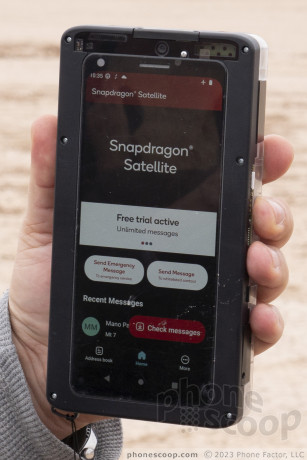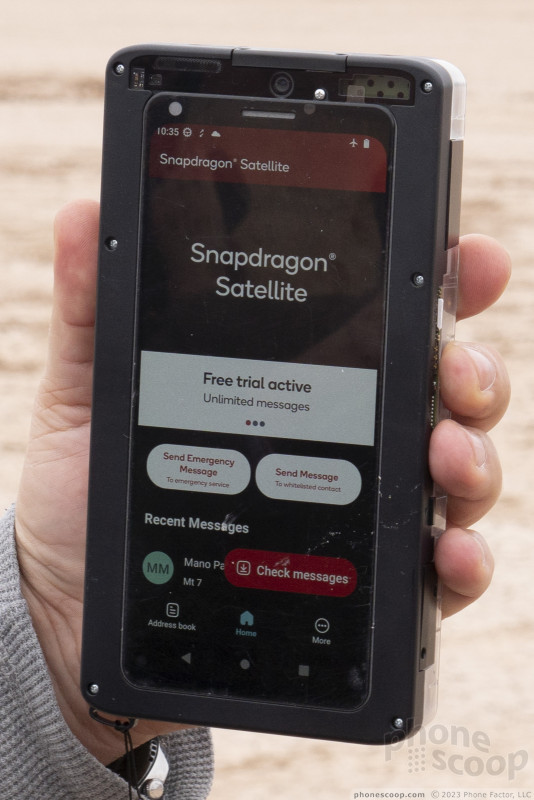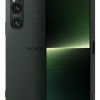Qualcomm Taps Iridium for Satellite Connectivity
Jan 5, 2023, 3:24 PM by Rich Brome @rbrome.bsky.social
updated Jan 5, 2023, 5:59 PM

Qualcomm has revealed Snapdragon Satellite, the company's solution for connecting Android phones directly to satellites for truly global coverage. The feature uses the Iridium network, a satellite constellation that has has been in operation for 25 years. As a polar LEO (low-earth orbit) constellation with inter-satellite links, Iridium offers full global coverage, even mid-ocean and in polar regions. The low-bandwidth data channel is designed to support basic 2-way messaging. It works in two specific modes: emergency and "premium". The emergency SOS feature is designed and supported by Qualcomm and Garmin. When a user tries to dial 911 outside of cellular coverage, the phone automatically asks if you'd like to use the satellite messaging feature to contact emergency services. This routes your messages through the same call centers as Garmin's InReach service, which already offers service worldwide. Manufacturers can also implement an SOS button wherever they like in software (or hardware) to trigger the feature. Like Apple's version of this technology, it sometimes (but not always) requires aiming, which the phone automatically guides you through if necessary. However Qualcomm claims several advantages over Apple's solution: it can send much longer messages, and they are sent and received much faster (3 seconds, on average). Users must manually check for new messages to receive them, which is rate-limited to every 30 seconds. Qualcomm expects the emergency feature to be very affordable or possibly even free on some phones. The "premium" service for non-emergency use will cost more. This can either be integrated with SMS or added to a third-party messaging app. It will be up to manufacturers to determine how this feature is implemented and priced. The already-announced Snapdragon 8 Gen 2 chipset includes support for Snapdragon Satellite, (though not all phones with that chip will necessarily support the feature). Iridium uses the L band, which is near 1,600 MHz. This is close enough to GPS/GNSS and cellular mid-band frequencies that it can share one of those existing antennas in a phone, requiring only the most minimal extra radio components to implement. Multiple manufacturers are planning to launch phones with Snapdragon Satellite in the second half of the year.
source: Qualcomm
Comments
No messages







 Sony Updates Flagship Phone With New Camera
Sony Updates Flagship Phone With New Camera
 T-Mobile Tests Wireless Emergency Alert Via Satellite
T-Mobile Tests Wireless Emergency Alert Via Satellite
 AST SpaceMobile Successfully Launches First Five Commercial Sats
AST SpaceMobile Successfully Launches First Five Commercial Sats
 OnePlus 13, 13R Boast Huge Batteries, Water Resistance
OnePlus 13, 13R Boast Huge Batteries, Water Resistance



